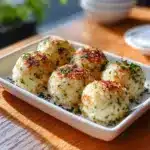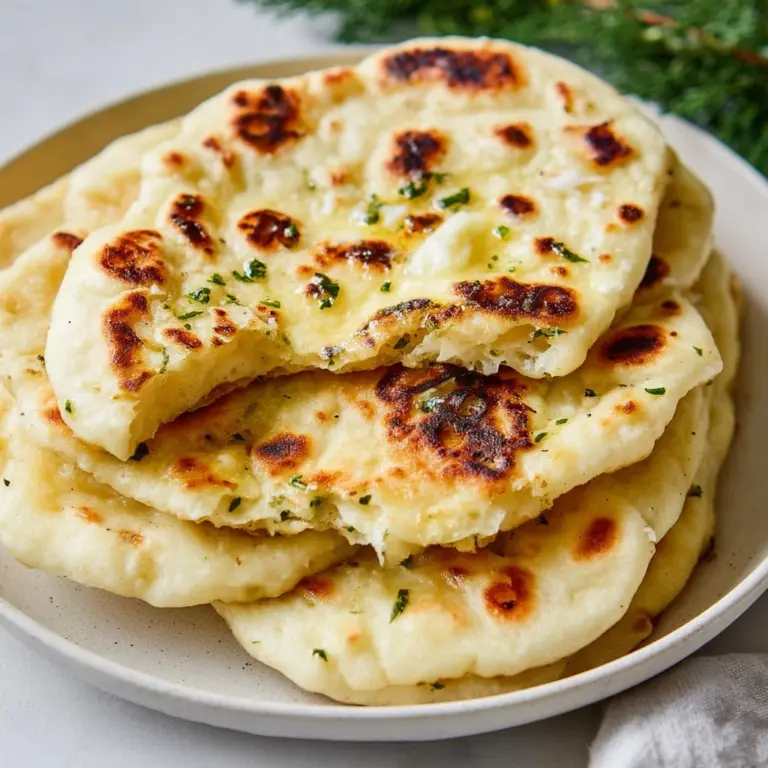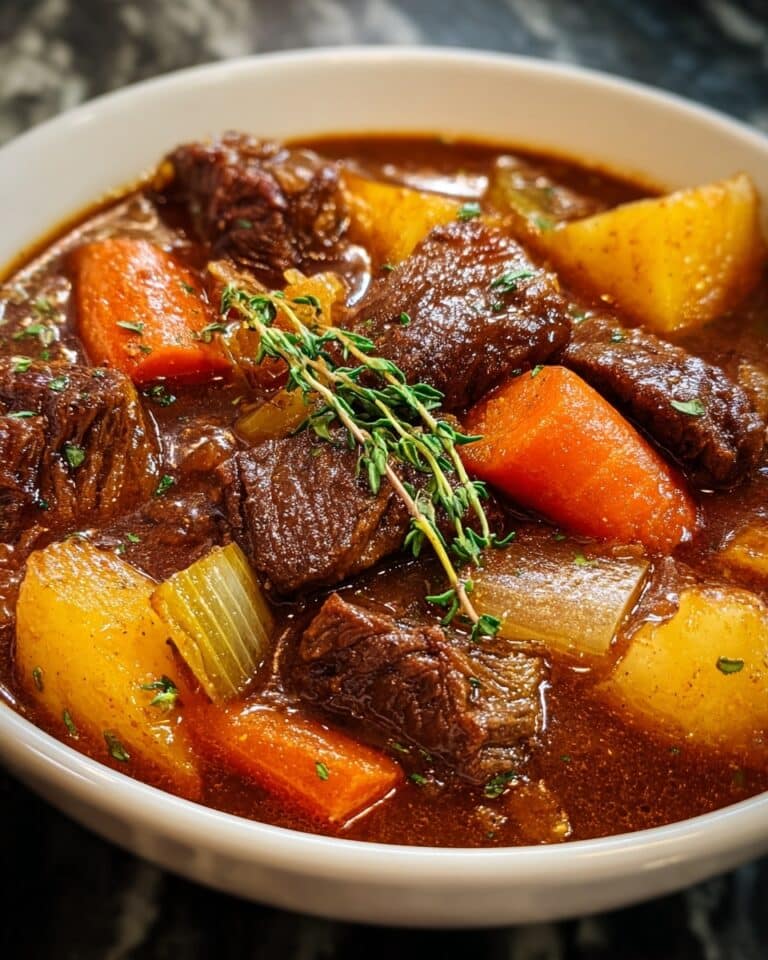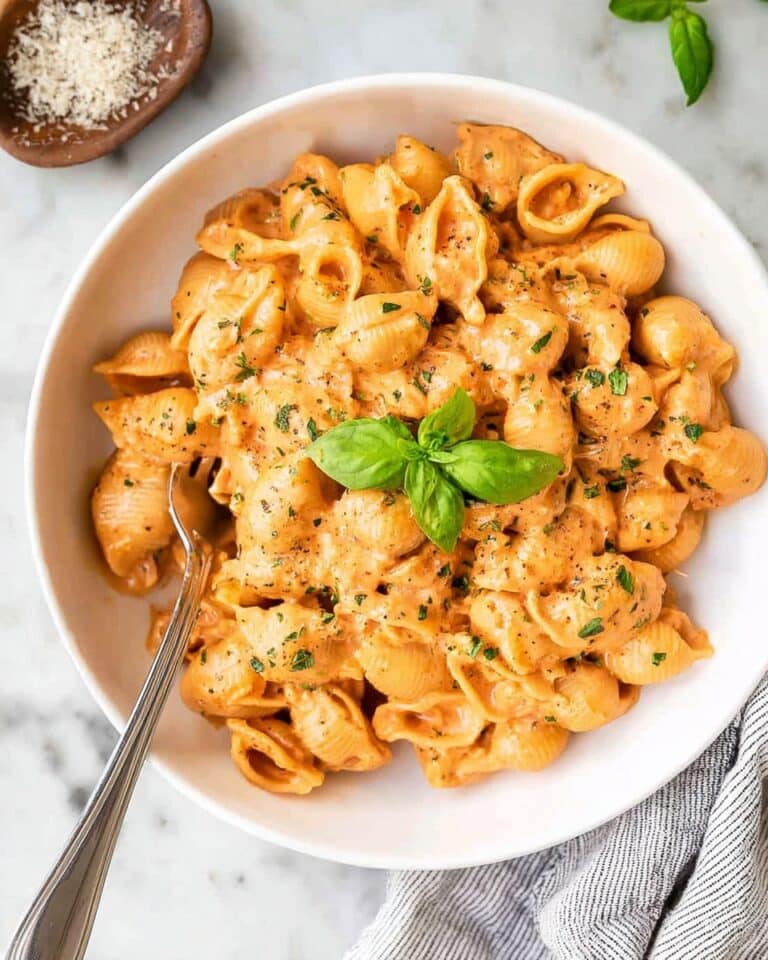Korean Rice Balls Recipe
If you have a craving for something that’s both comforting and bursting with flavor, you’re going to fall head over heels for these Korean Rice Balls. They’re a delightful blend of sticky, savory rice mixed with tasty fillings like bulgogi, tuna, or kimchi, all rolled into perfect little bites. Whether as a snack, a lunchbox treat, or a light meal, these rice balls deliver satisfyingly bold Korean flavors wrapped up in an easy-to-handle form. I’m excited to share how simple it is to bring this homemade taste of Korea into your kitchen.
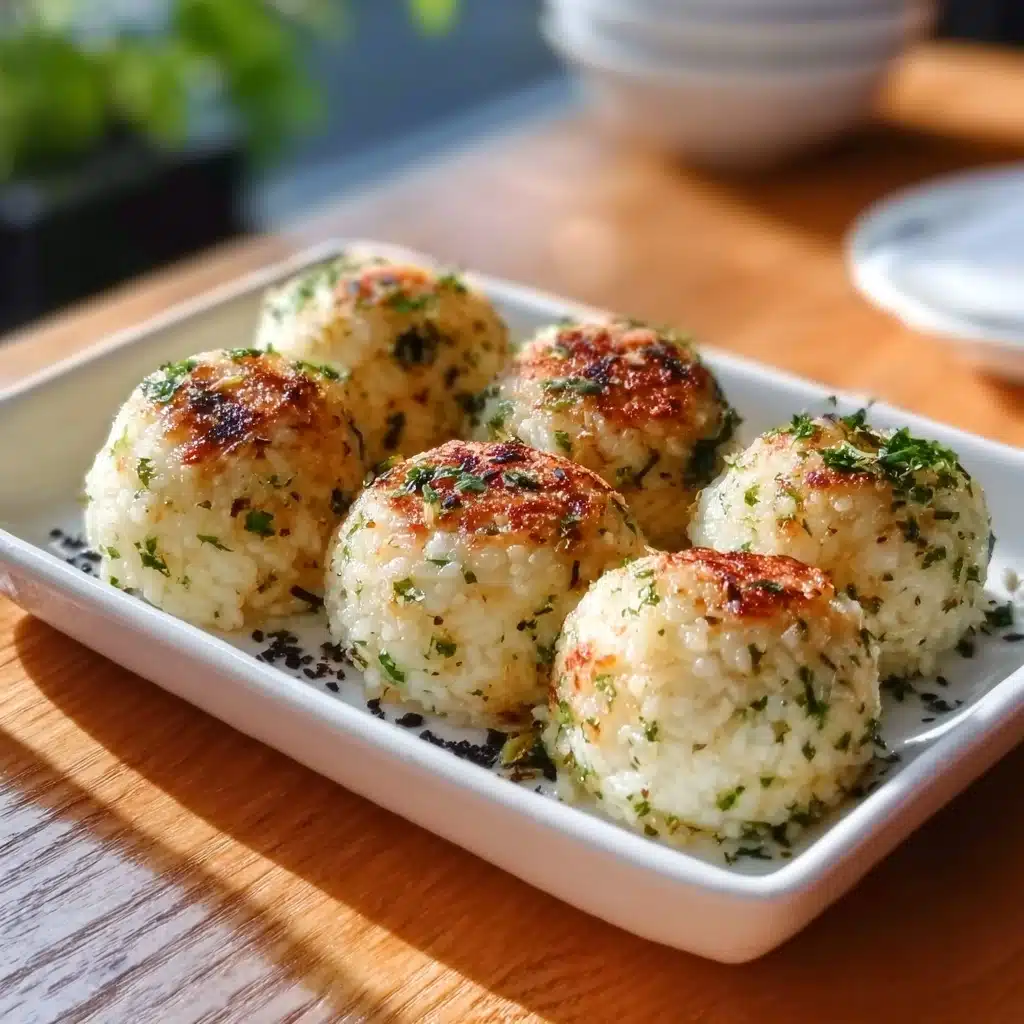
Ingredients You’ll Need
The beauty of making Korean Rice Balls is in how straightforward and accessible the ingredients are. Each one plays an important role, from adding texture to creating the signature flavors that make this dish truly memorable.
- 2 cups cooked short-grain rice: Essential for that sticky, moldable texture that holds the balls together perfectly.
- 1 tablespoon sesame oil: Adds a rich nuttiness that complements the other ingredients beautifully.
- ½ teaspoon salt: Enhances all the savory notes in the rice and fillings.
- ½ cup canned tuna mixed with 1 tablespoon mayonnaise: Brings creamy, mild seafood flavor for a smooth contrast.
- ½ cup cooked bulgogi beef, finely chopped: Offers a sweet and savory meatiness that’s a classic Korean favorite.
- ½ cup finely chopped kimchi: Infuses a spicy, tangy kick and vibrant color to the mix; just squeeze out excess liquid to keep the rice dry.
- ½ cup shredded cooked chicken with soy sauce: Adds tender texture and umami depth.
- 2 tablespoons roasted seaweed flakes (gim): Perfect for an earthy flavor and some crunch inside every bite.
- 1 tablespoon sesame seeds: Imparts a subtle crunch and nutty aroma.
- 1 teaspoon soy sauce: A splash of salty umami to round out the savory profile.
- ½ teaspoon gochugaru (Korean red pepper flakes, optional): Adds a gentle heat that wakes up the palate without overpowering.
How to Make Korean Rice Balls
Step 1: Prepare the Rice
Start with cooking your short-grain rice according to the package’s instructions, aiming for a texture that is sticky but still holds shape well. While the rice is warm, gently stir in sesame oil and salt. This step is key to ensuring your rice has that rich, savory base flavor before mixing in the fillings.
Step 2: Prepare the Filling
Pick your favorite filling type or combine them for a medley of flavors. Tuna pairs wonderfully with mayonnaise for creaminess, bulgogi beef adds a caramelized sweetness, kimchi brings a bold, fermented tang, and shredded soy-seasoned chicken offers a savory touch. Make sure to finely chop or shred your fillings so they seamlessly meld into each bite-sized rice ball.
Step 3: Mix the Rice and Fillings
In a large bowl, carefully combine the seasoned rice with your chosen fillings. Sprinkle in the seaweed flakes, sesame seeds, soy sauce, and if you like a bit of spice, the gochugaru. Mix everything gently to avoid smashing the rice too much, ensuring each grain is coated with flavor and you get even distribution of all ingredients.
Step 4: Shape the Rice Balls
To form the rice balls, wet your hands slightly with water to prevent sticking. Take about a quarter cup of the mixture and press it firmly into a ball shape. The trick is to press just enough so the rice sticks but the ball stays light and fluffy. Repeat until all the mixture has been shaped into perfect little Korean Rice Balls, ready to enjoy.
Step 5: Serve or Store
You can serve these Korean Rice Balls immediately for the freshest taste or wrap them individually in plastic wrap to save for later. They keep well in the fridge for up to 24 hours and can be eaten cold or allowed to come to room temperature — perfect for a grab-and-go snack or picnic.
How to Serve Korean Rice Balls
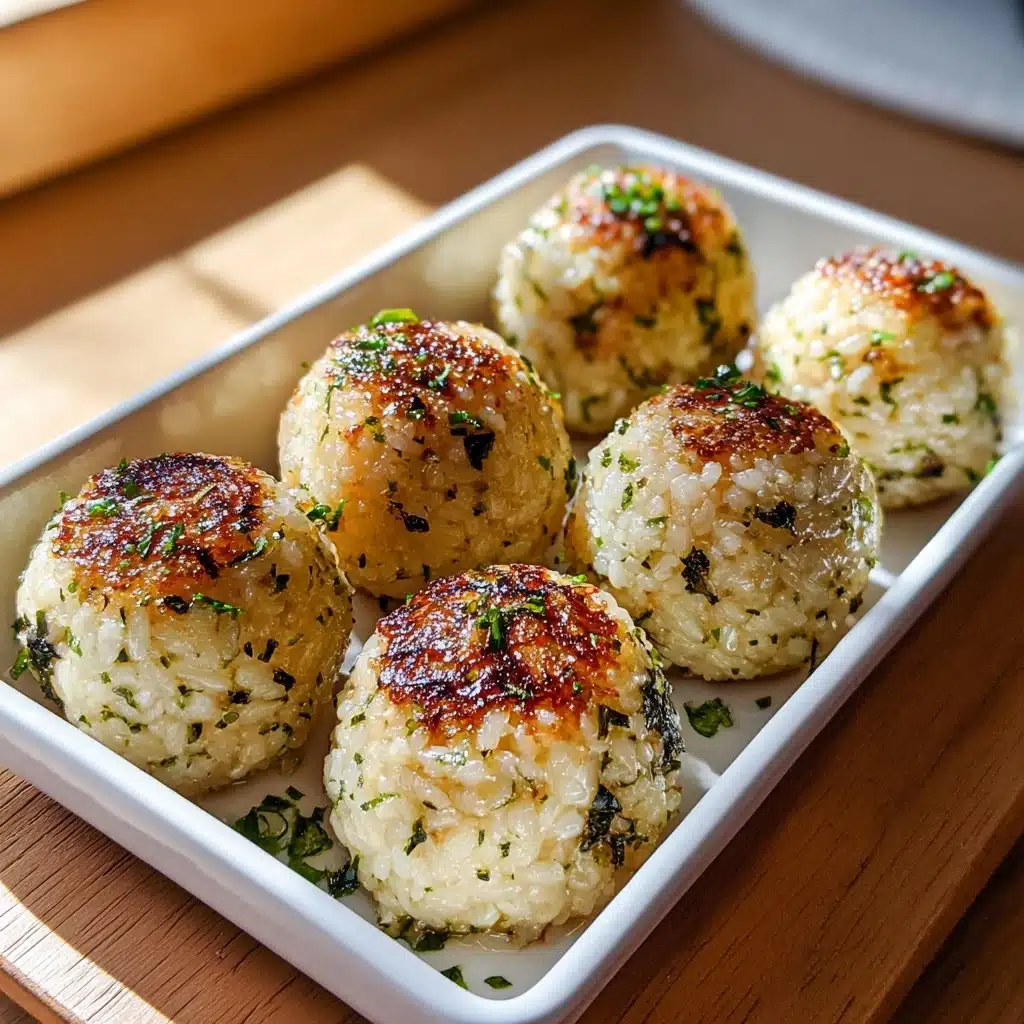
Garnishes
Enhance your Korean Rice Balls by topping them with a sprinkle of toasted sesame seeds and a few extra gim flakes. A light drizzle of soy sauce or a dab of spicy gochujang sauce on the side can add an exciting flavor boost, making each bite even more delightful.
Side Dishes
Pair these rice balls with crisp cucumber slices, pickled radishes, or a simple kimchi salad to complement their flavor and add refreshing crunch. A bowl of warm miso soup or a hearty Korean stew will turn this snack into a full, satisfying meal.
Creative Ways to Present
Try serving your Korean Rice Balls on bamboo leaves or in colorful muffin liners for a fun party platter. You can also stack them into a triangle-shaped onigiri style or skewer them with vegetables for a unique appetizer that’s sure to impress friends and family alike.
Make Ahead and Storage
Storing Leftovers
If you have leftover Korean Rice Balls, keep them tightly wrapped or stored in an airtight container in the refrigerator. They’re best consumed within 24 hours to maintain their soft texture and fresh taste.
Freezing
To freeze, wrap each rice ball individually in plastic wrap and place them in a freezer-safe bag. This method keeps them from sticking together and lets you enjoy homemade Korean Rice Balls anytime you want a quick snack. They can be kept frozen for up to one month.
Reheating
When ready to eat, thaw the rice balls at room temperature or gently heat them in the microwave wrapped in a damp paper towel to retain moisture. Avoid overheating to keep the rice soft rather than dry or chewy.
FAQs
Can I use other types of rice for Korean Rice Balls?
Short-grain rice is preferred for its sticky texture that binds the balls together well, but you can experiment with medium-grain rice. Long-grain rice will not hold together as easily and may result in crumbly balls.
What fillings work best for Korean Rice Balls?
The classic fillings like bulgogi beef, tuna with mayo, kimchi, and soy-seasoned chicken work beautifully, but feel free to get creative with cooked vegetables, tofu, or even scrambled eggs. Just make sure they are finely chopped for easy mixing.
Are Korean Rice Balls typically served warm or cold?
They are versatile and delicious either warm, straight after preparation, or cold at room temperature, making them great for lunchboxes and picnics.
Is gochugaru necessary in the recipe?
Gochugaru adds a mild spiciness and authentic Korean flavor, but it’s optional. Feel free to leave it out if you prefer a milder taste or want to adjust the spice level.
How can I keep my hands from sticking while shaping the rice balls?
Wet your hands lightly with water or rub a bit of sesame oil on your palms before shaping. This simple trick helps the rice mixture slide easily and prevents sticking, making the process much easier.
Final Thoughts
Korean Rice Balls are truly a joy to make and even more wonderful to eat. They combine so many beloved Korean flavors in an irresistibly convenient shape that’s perfect anytime you want a satisfying bite. I hope you have as much fun making these as I do, and that they become a favorite go-to recipe in your kitchen!
PrintKorean Rice Balls Recipe
Korean Rice Balls are savory, flavorful snacks made with warm short-grain rice mixed with various fillings like tuna mayonnaise, bulgogi beef, kimchi, and soy sauce-seasoned chicken. Enhanced with sesame oil, seaweed flakes, sesame seeds, and optional Korean red pepper flakes, these rice balls are perfect for a quick meal or portable snack, offering a delightful blend of textures and authentic Korean flavors.
- Prep Time: 15 minutes
- Cook Time: 20 minutes
- Total Time: 35 minutes
- Yield: 8 rice balls 1x
- Category: Snack, Appetizer
- Method: No-cook (rice cooked separately), Mixing and Shaping
- Cuisine: Korean
- Diet: Halal
Ingredients
Rice Mixture
- 2 cups cooked short-grain rice (warm)
- 1 tablespoon sesame oil
- ½ teaspoon salt
- 2 tablespoons roasted seaweed flakes (gim)
- 1 tablespoon sesame seeds
- 1 teaspoon soy sauce
- ½ teaspoon gochugaru (Korean red pepper flakes, optional)
Filling Options
- ½ cup canned tuna, drained and mixed with 1 tablespoon mayonnaise
- ½ cup cooked bulgogi beef, finely chopped
- ½ cup finely chopped kimchi (squeeze out excess liquid)
- ½ cup shredded cooked chicken with soy sauce
Instructions
- Prepare the Rice: Cook the short-grain rice according to package instructions until slightly sticky but not mushy. While the rice is still warm, gently mix in the sesame oil and salt to enhance flavor.
- Prepare the Filling: Choose your preferred filling or mix several. For tuna, combine it with mayonnaise to create a creamy texture. If using bulgogi beef or chicken, chop finely so it blends well with the rice. For kimchi, squeeze out any excess liquid before chopping finely.
- Mix the Rice and Fillings: In a large bowl, combine the seasoned rice with your chosen filling(s). Add roasted seaweed flakes, sesame seeds, soy sauce, and gochugaru if using. Mix gently but thoroughly until all ingredients are evenly distributed.
- Shape the Rice Balls: Lightly wet your hands with water to prevent sticking. Take about ¼ cup of the rice mixture, press firmly, and form into a ball shape. Repeat with the remaining rice mixture until finished.
- Serve or Store: Enjoy the rice balls immediately or wrap each in plastic wrap and store in the refrigerator for up to 24 hours. They can be eaten cold or at room temperature.
Notes
- Use short-grain rice for the best sticky texture essential for shaping rice balls.
- Adjust the amount of gochugaru according to your spice preference or omit it for a milder taste.
- These rice balls are best consumed within 24 hours for optimal freshness.
- Wet your hands regularly when shaping to prevent rice from sticking.
- Feel free to mix and match different fillings to create your favorite flavor combinations.
Nutrition
- Serving Size: 1 rice ball
- Calories: 180 kcal
- Sugar: 1.2 g
- Sodium: 350 mg
- Fat: 6 g
- Saturated Fat: 1 g
- Unsaturated Fat: 4 g
- Trans Fat: 0 g
- Carbohydrates: 25 g
- Fiber: 1.5 g
- Protein: 6 g
- Cholesterol: 15 mg
Keywords: Korean rice balls, Jumeokbap, rice snack, bulgogi rice balls, tuna rice balls, Korean appetizer, rice ball recipe

